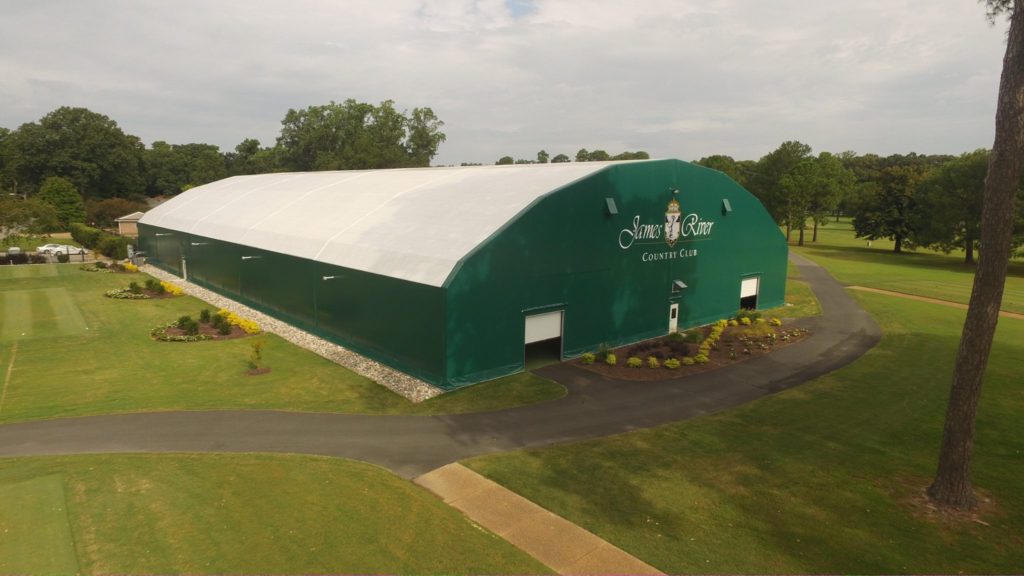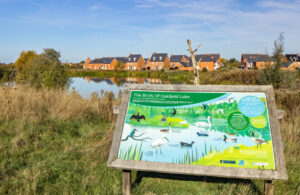Tennis Association backs fabric structures amid £125m funding

Using insight data and cutting-edge mapping technology, 72 locations in England, 12 in Wales, and 12 in Scotland were identified with a specific demand for indoor tennis. The development of hundreds of tennis courts will benefit an estimated 3 million people across the UK. Scott Lloyd, the LTA chief executive, said “The goal is for 95% of the population in England and Wales to have an indoor centre within a 30-minute drive.”
This analysis-driven approach marks a move towards proactive investment prioritising accessibility and community engagement, rather than its previous bid-led process.
To achieve this, the LTA will work with local authorities and seek operational partnerships to aid in the development of these large-scale indoor venues. The national governing body will use its own reserves to fund the initiative with £125m and hopes that partners in the public and private sector will match this, taking the potential investment up to £250m.
These funds will then be provided to venues in the form of interest free loan schemes. Lloyd pressed the importance of this investment, stating that “With our climate, indoor facilities are crucial.”
The Benefit of Frame Fabric Structures
Alongside its announcement, the LTA released a model design toolkit for tennis centres to customise potential facilities and calculate indicative costs. Within it, frame fabric structures are described as being “low cost” and “straightforward”. Specialising in these projects, Rubb structures are designed to be a hugely cost-effective asset over the structure’s lifetime due to high-quality materials, low maintenance, and low energy costs.
Among the many benefits, the LTA states that fabric structures have the “highest design life across the low cost indoor structures.” Rubb can attest to this, with Rubb buildings having been used around the world for more than 30 years complete with their original PVC sheets due to expert design and industry leading materials.
With these high-quality materials, low maintenance follows naturally. The LTA advises that the “Stability of the structure is not affected by isolated damage to the membrane.” Due to the nature of fabric constructions, any unlikely damage to the PVC sheets can be easily repaired without any detriment to the structure beneath. Investing in a Rubb construction provides total peace of mind with quick, easy, and inexpensive repairs compared to the dated design of traditional structures. The LTA notes that this makes fabric constructions perfectly suited for “use in isolated areas or non-monitored locations or as a stand alone facility.”
Sustainability
Sustainability is a core-focus of the LTA, making Rubb’s fabric construction a perfect match. Rubb is working on achieving 100% recyclability for every single material used. Not only can the steel and PVC covers be recycled, but the whole structure can be relocated, adapted, expanded, or dismantled and stored for future usage. They can even be sold to new users, as Rubb offers full refurbishment and recertification services. As we become increasingly aware of our impact on the world, considering the sustainability of all future projects is paramount.
The LTA continues to note the high customisation potential with fabric-clad structures, stating that “There are a wide variation of manufacturer building profiles.” Rubb provides a base of four configurations, which can be further tailored or fully custom made to meet any specific needs.
They go on to say that “There are [a] wide range of indoor lighting solutions available.” The unique benefit of fabric-clad structures is their potential for translucent PVC covers, which can let full daylight onto the court. Not only does this greatly save on day-to-day lighting and electricity costs, but it can ‘open up’ the venue and allow for a much more natural environment.
Accessibility
The LTA also encourages centres to consider the variety of access door configurations possible with fabric constructions, and writes that they “can be easily accommodated anywhere along the perimeter of the building.” Rubb can equip venues with any door arrangement specified and offers a wide range of access and emergency access doors, each meeting the strictest European product standards.
The LTA advises that “consideration needs to be given that materials might be sourced internationally” and warns that “the value of sterling will affect pricing levels.” This, however, does not apply to Rubb as all construction, designs, and materials are handled from within the UK—the North East of England specifically. With today’s unpredictable climate, Rubb’s British stability is a huge benefit and fitting for such a homegrown project.
The LTA’s mission is to open up tennis across the UK with large-scale, sustainable venues. With that in mind, there is no better option than a Rubb frame fabric structure.




